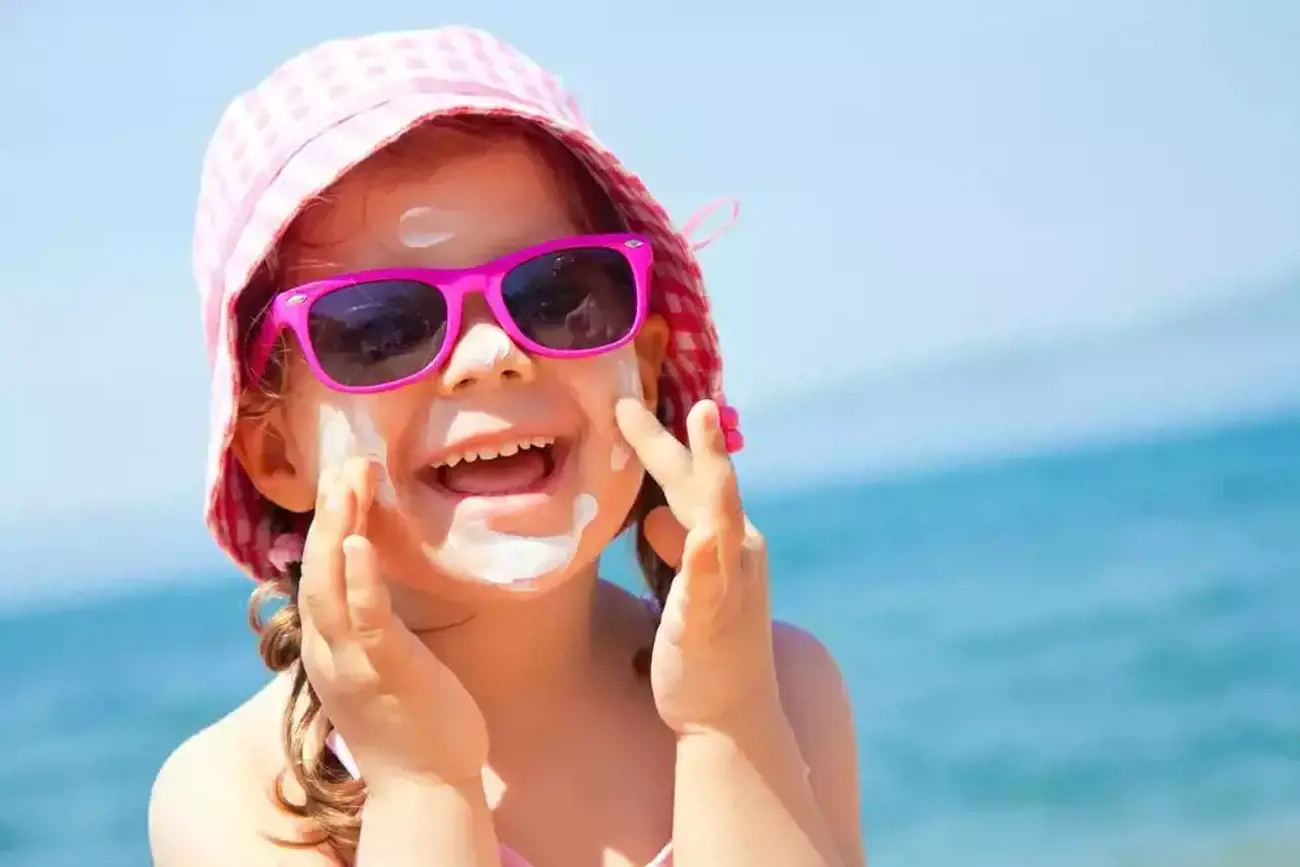Australia is famed for its sunny climate and beachy culture, but this bright outlook comes with a dark undertone. According to the Cancer Council, approximately two in three Australians will be diagnosed with skin cancer by the time they turn 70 and, 'Evidence suggests that childhood exposure to UV radiation contributes significantly to the development of skin cancer in later life.'
For this reason, it's vital that young children are educated about sun exposure and protected from ultraviolet (UV) rays, not just in the summer months, but whenever UV levels are high.
Here, we look at when sun protection is needed and how educators play it safe - and smart - at early learning services.
When do youngsters and educators need sun protection at child care?
We think of sunny days as the catalyst for hats and sunscreen, but sun damage is possible on windy, cloudy, or even cool days as burns are caused by UV radiation, not temperature.
When the UV index is three or above, sun protection is needed, and educators can check the UV forecast using the Cancer Council's free SunSmart app.
Early learning services play a key role in reducing young children's sun exposure and, in turn, lowering future skin cancer rates. Since young children attend child care during peak UV hours, namely the middle of the day, it is very important that educators provide sun-safe environments, promote sun-safe behaviours, and teach children about sun protection.
To help them do this, thousands of services are part of the National SunSmart Early Childhood Program. This program is free to join and it sees SunSmart services implementing their own best-practice Sun Protection Policy, which addresses key areas of sun protection and meets all the Quality Areas in the National Quality Framework.
Services can either use the Cancer Council's Sun Protection Policy or update their own policy to include the following 10 recommendations:
- Outdoor activities are scheduled outside of peak UV times
- Shade is provided for outdoor activities
- Sun-safe hats are worn by children, educators, and staff
- Sun-safe clothing is worn by children, educators, and staff
- A minimum of SPF 30+ broad-spectrum water-resistance sunscreen is used
- Babies under 12-months-old aren't exposed to direct sunlight and are protected with full shade when outside, along with hats, clothing, and some sunscreen
- Educators and staff role model sun-safe behaviour such as by wearing a hat
- Services teach children about sun protection and communicate information to educators, staff, families, and visitors by using SunSmart posters and flyers
- The Sun Protection Policy is readily available
- The Sun Protection Policy is reviewed, updated and submitted to the Cancer Council every two years for the service to keep their SunSmart status
The National SunSmart Early Childhood Program is invaluable in the early years, and as children transition to school, these practices go with them, because there are SunSmart programs for primary schools and out of school hours care (OSHC) services too.
Where is the child care sector excelling in sun smartness?
All around the country, SunSmart services are protecting young children from harmful rays, but a special mention goes to the Western Australian child care sector. According to the Cancer Council's 2018 National Early Childhood Sun Protection Survey, children aged zero to five who attend child care are the most sun smart group in Western Australia.
WA child care enrollees demonstrate near perfect sun protection with:
- 94 per cent of children attending day care wear sun-protective clothing
- 96 per cent wear a hat that protects their head from the sun
- 98 per cent wear sunscreen when the UV is at damaging levels
In addition, 97 per cent of centres have sufficient shade and 96 per cent of WA centres check their UV index levels every day.
To put this in perspective, just 32 per cent of WA adults wear sun-protective clothing in summer, only 53 per cent wear a hat and the general public would do well to follow the lead of the child care sector.
As well as protecting young children from sunburn today, and helping them avoid skin cancer in the years to come, the child care sector's high sun protection standard has already brought about long-term health benefits.
Cancer Council WA SunSmart Manager Mark Strickland says that, 'As a result of the work done in child care centres and schools in WA, over the past 20 years we've seen a downturn in melanoma rates in people in the 15 to 39 age group'.
This is great news, and whether you live in the Golden State (WA), the Sunshine State (QLD) or a cloudier part of this wide, brown land, sun smartness is a lesson that every young Australian should learn, and every grown-up should remember.
References
Cancer Council
SunSmart NSW
Cancer Council WA


































